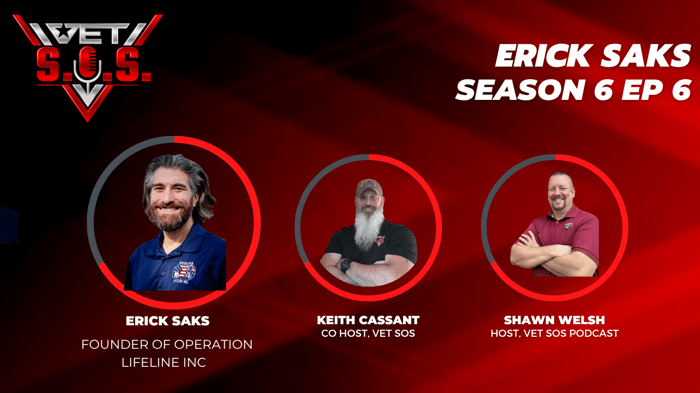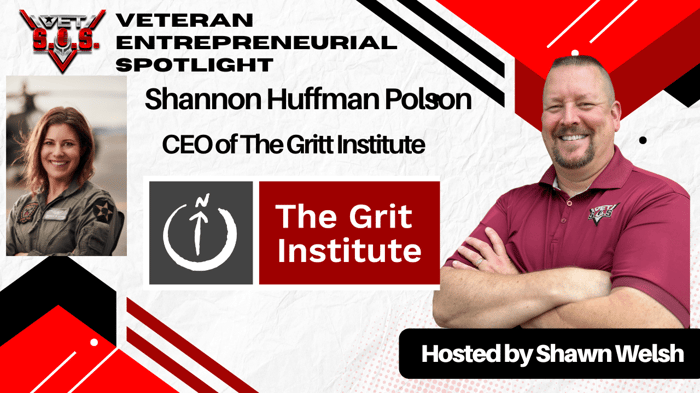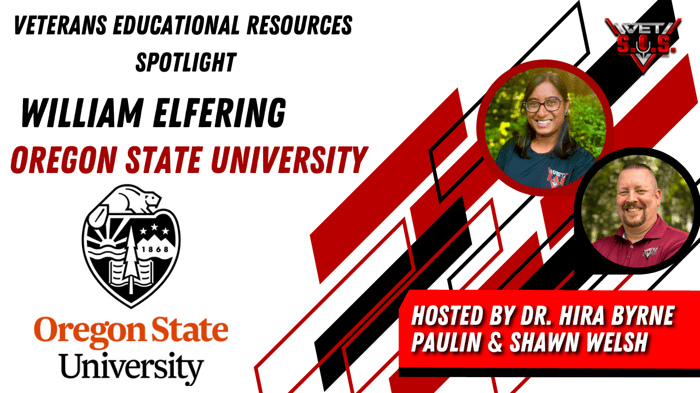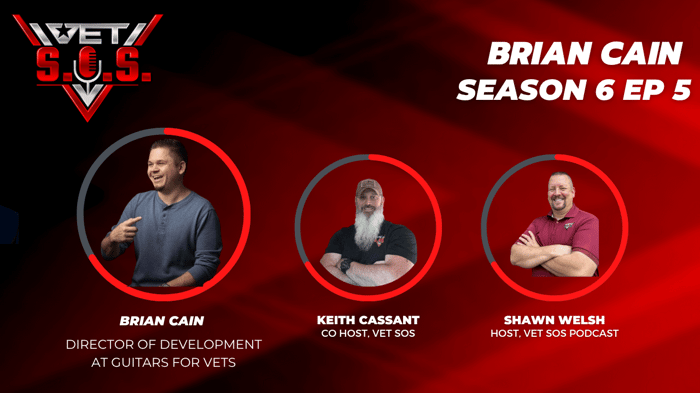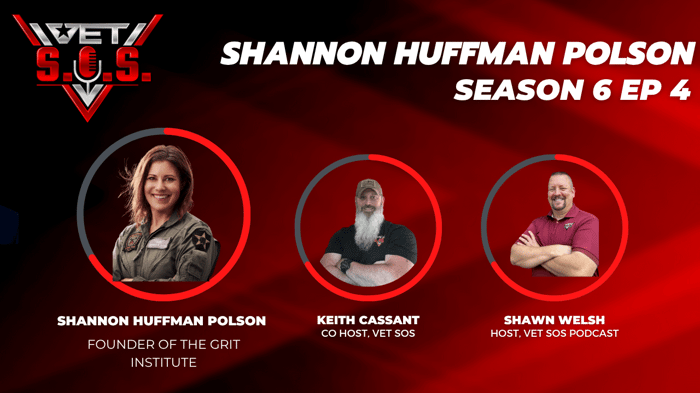Veteran Workforce Development in Action: How Operation Lifeline Rebuilds Lives and Careers
For many military service members, the transition to civilian life is not just a change in uniform—it’s a transformation of identity, purpose, and profession. This shift can be overwhelming, especially for veterans who have spent decades in structured military roles. In Northeast Florida, one organization is proving that with the right support, transitioning service members can not only survive civilian life—they can thrive. Founded by retired U.S. Air Force Lieutenant Colonel Erick Saks, Operation Lifeline, Inc. has become a model of grassroots success in Veteran Workforce Development. From construction job training and SkillBridge internships to food distribution and nonprofit operations, the organization is providing veterans with real tools, tangible results, and a renewed sense of mission.
A Veteran's Journey from Retirement to Purpose
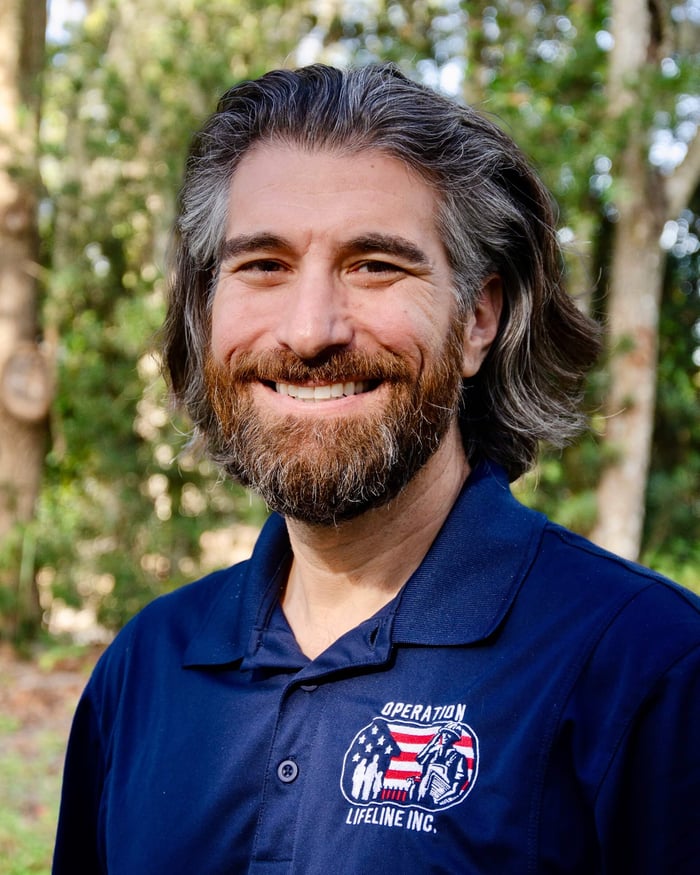 Erick Saks
Erick SaksErick Saks and his wife both retired from the Air Force in 2020, just as the world shut down due to COVID-19. Their plans for a joint retirement ceremony were canceled, and what should have been a celebratory time quickly became disorienting. With over 26 years of service under his belt, Saks initially tried to settle into a quiet retirement. That attempt lasted only two months.
“I realized I was built to have a mission,” Saks said. “I needed something to drive me.”
This desire for meaningful work didn’t lead him to corporate America. Instead, it led him straight into the heart of his community—and into the lives of veterans who were struggling with housing, employment, and purpose.
Direct Action Over Bureaucracy
Operation Lifeline began in response to a very specific problem: veterans who were left behind after Hurricane Ian devastated parts of Florida. Many couldn’t afford basic cleanup or repairs. Instead of waiting for red tape or funding, Saks and his co-founder, David, grabbed a chainsaw and got to work clearing debris from veterans' homes.
That hands-on, no-permission-needed approach remains central to the organization’s ethos. As Saks puts it, “We didn’t want to pay someone to help; we wanted to be the help.”
This commitment to direct action quickly evolved. What started as cleanup efforts expanded into full home rehabilitation, then new construction, and eventually, supportive housing for unhoused or at-risk veterans. One powerful example is an 80-year-old veteran who had been living in his car for six years. Operation Lifeline not only provided him with housing, but also coordinated ongoing support services to ensure his well-being.
SkillBridge and the Blueprint for Workforce Development
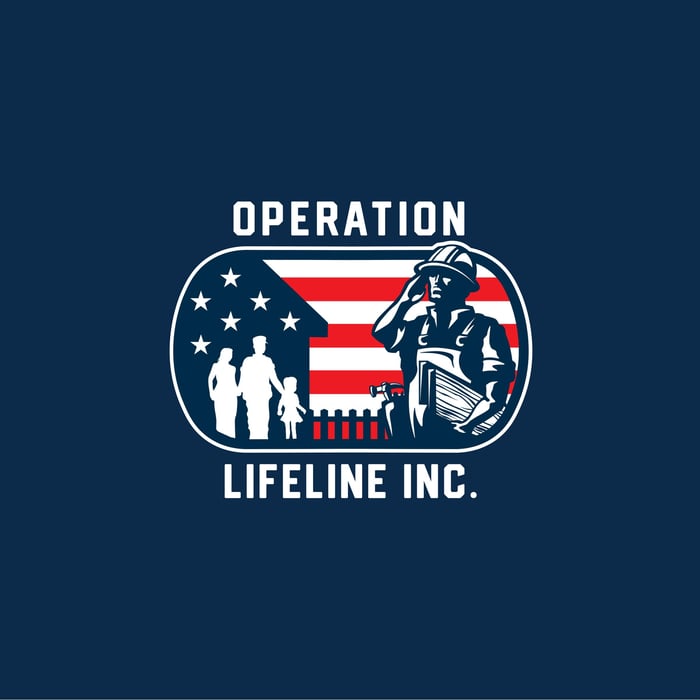 At the heart of Operation Lifeline’s mission is its groundbreaking use of the Department of Defense’s SkillBridge program—a cornerstone of their Veteran Workforce Development model. The program allows active-duty military members to spend their final 180 days working with a civilian organization in a role that aligns with their post-military goals.
At the heart of Operation Lifeline’s mission is its groundbreaking use of the Department of Defense’s SkillBridge program—a cornerstone of their Veteran Workforce Development model. The program allows active-duty military members to spend their final 180 days working with a civilian organization in a role that aligns with their post-military goals.
For veterans with Operation Lifeline, that experience includes everything from swinging a hammer on a construction site to learning how to run a nonprofit office. Interns start with classroom instruction but quickly move to hands-on projects—building and rehabilitating homes for fellow veterans in need.
The impact is life-changing. One Army Staff Sergeant completed four months with Operation Lifeline and was hired directly into a construction superintendent role. His employer even offered him reduced rent to help him transition into civilian life. This story is just one of many showing the power of veteran-led workforce programs.
Beyond Construction: Training in Logistics, Grants, and Nonprofit Operations
While construction remains a central focus, Operation Lifeline has expanded its workforce training to include administrative and nonprofit roles. SkillBridge interns have revamped grant tracking systems, designed community food distribution programs, and coordinated large-scale logistics for partnerships like the one with Wawa.
Wawa’s partnership provides excess food to Operation Lifeline, which then distributes it to over 20 community organizations. This initiative—designed and managed by SkillBridge interns—gives veterans real-world experience in logistics, coordination, and community service.
“Veterans helping veterans” is not just a motto—it’s a practical framework where leadership, logistics, and compassion intersect.
Building a Vocational Center for Long-Term Impact
Operation Lifeline is currently restoring a long-abandoned community building in St. Johns County and converting it into a Veterans Vocational Center. This facility will host workforce training for both veterans and civilians, offering construction certifications, hands-on instruction, and life skills development.
By bridging the skilled labor gap and helping veterans build sustainable careers, this center will extend the reach of Operation Lifeline’s mission. It's a place where experience meets mentorship and where Veteran Workforce Development becomes a permanent community fixture.
Mission Creep or Mission Growth?
Some nonprofits are warned against “mission creep”—a loss of focus that comes with trying to do too much. But Operation Lifeline thrives on what Saks calls “mission growth.” Every new challenge is an opportunity to serve more veterans and deepen the impact.
“When I feel like I’m stagnating, I grab something else and start moving forward,” said Saks. “Sitting still is the same as dying.”
This adaptive mindset has led Operation Lifeline to expand into areas like food security, emergency housing, and mental health referrals. And while Saks admits it’s a constant challenge, he believes in building scalable systems that future leaders can run.
Partnerships That Multiply Impact
Operation Lifeline doesn’t try to do everything alone. Instead, it partners with other organizations like Operation Barnabas, which provides mental health mentorship for veterans. This collaborative model allows each nonprofit to focus on its strengths—housing, counseling, food, job training—while maximizing collective impact.
Saks also offers a unique service to other small nonprofits: hosting their SkillBridge interns under the Operation Lifeline umbrella. This bypasses the bureaucratic hurdles of DoD approval and enables more organizations to benefit from the labor, leadership, and insight of transitioning veterans.
Staying Grounded in the Mission
Despite its growth, Operation Lifeline remains firmly grassroots. Saks takes no salary and leads the organization as both his passion and his mission. The organization employs just two paid staff and relies heavily on interns and volunteers to drive operations.
“It’s not just about helping others,” said Saks. “It’s also about helping ourselves—finding meaning, structure, and community after service.”
This authenticity shines through in every program. Whether it’s placing an unhoused veteran into a supportive home, offering a job-training pathway through SkillBridge, or revitalizing a neglected community space, Operation Lifeline is delivering what veterans need most: opportunity with purpose.
Conclusion: A Replicable Model for Veteran Workforce Development
Operation Lifeline has created a clear, adaptable model for Veteran Workforce Development that can be replicated in communities across the country. It emphasizes hands-on action, partnerships, mentorship, and empowerment—core principles that align deeply with military values.
As Saks continues to build homes, train veterans, and restore communities, one thing is clear: the mission is only just beginning.
Veterans don’t need charity. They need opportunity. And Operation Lifeline is proving that when you give veterans the tools and trust, they will build more than homes—they’ll build hope.
